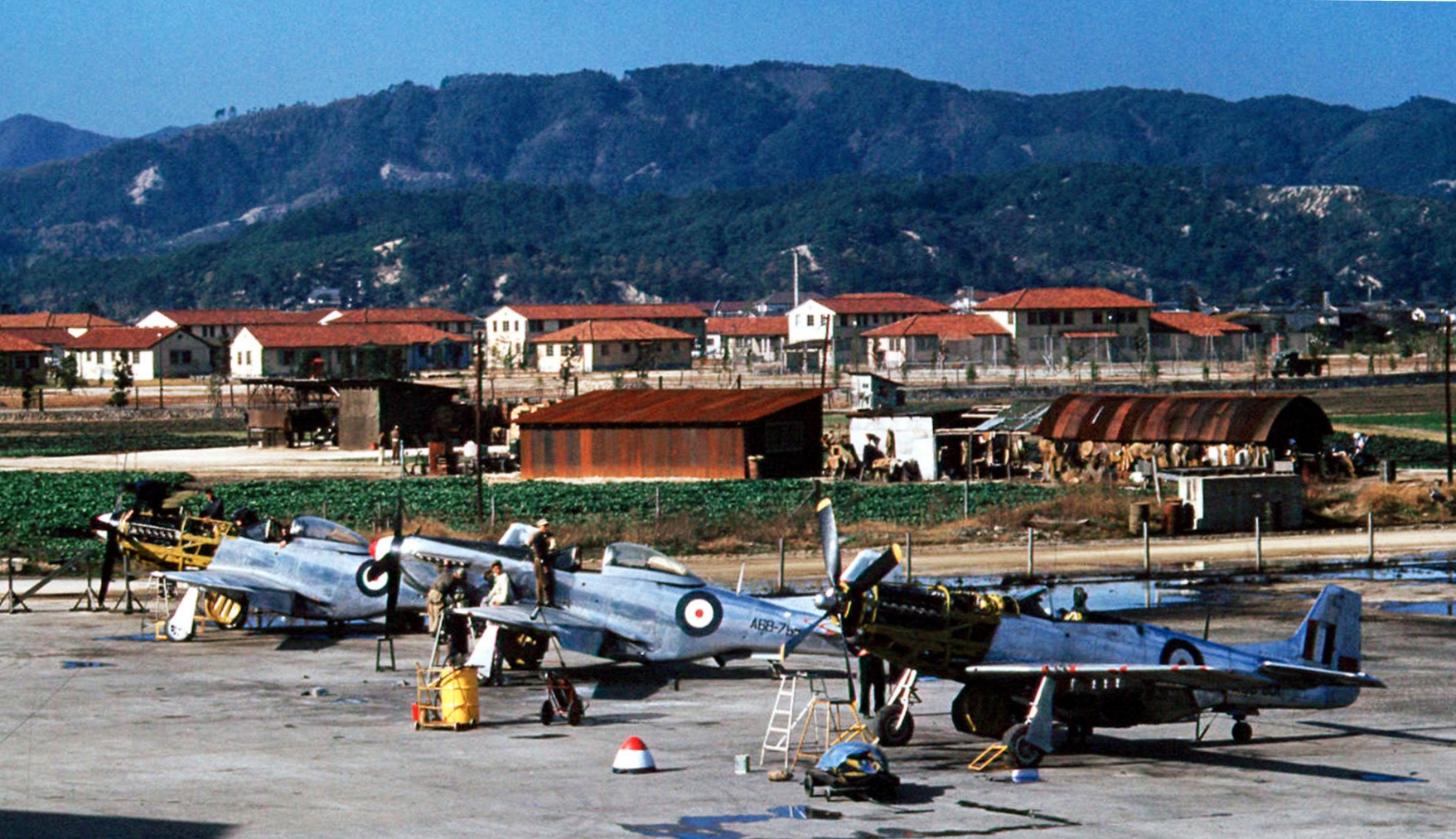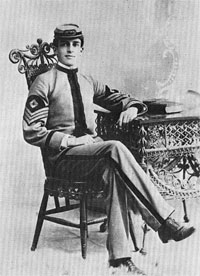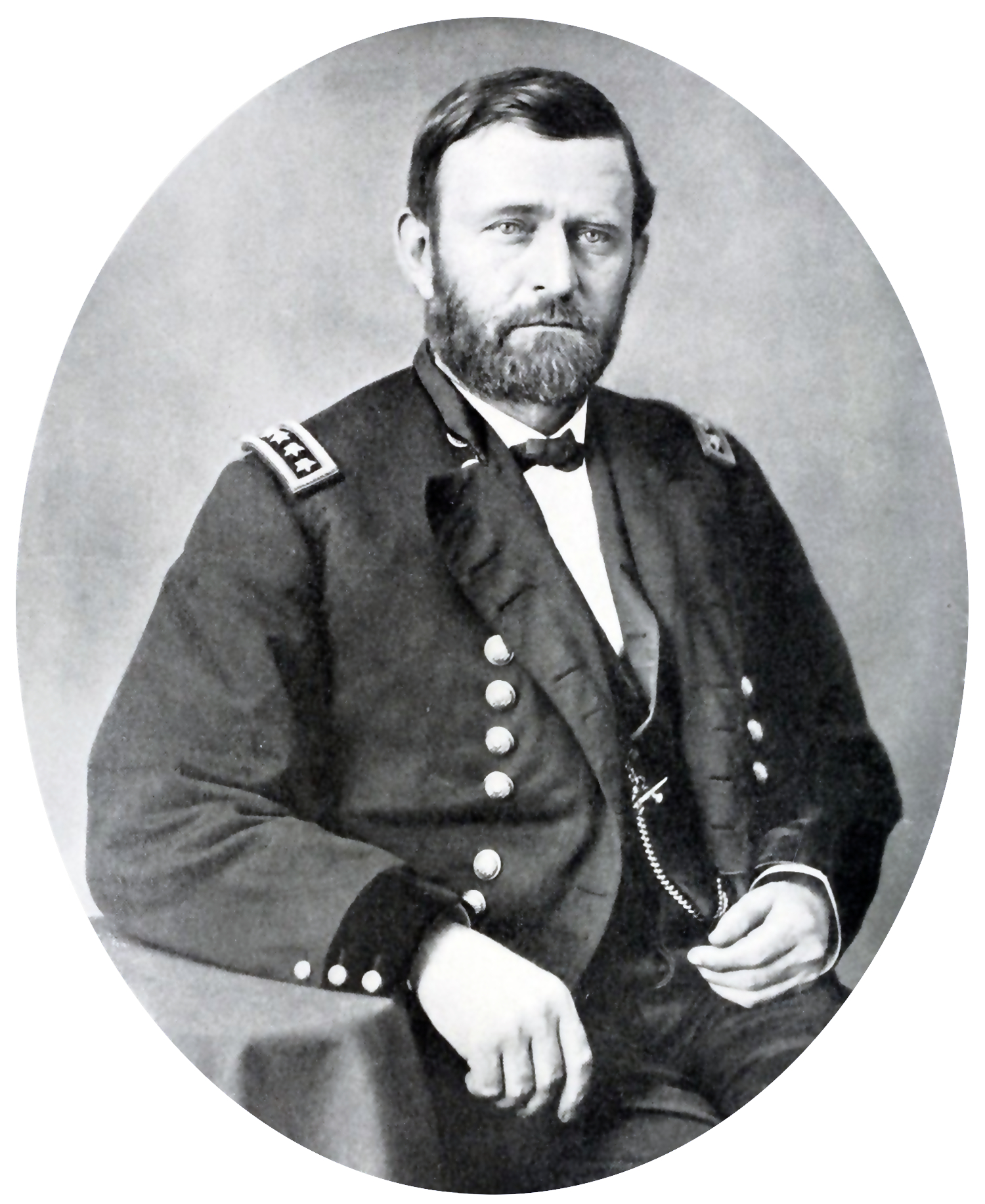|
Battle Of Chongju (1950)
The Battle of Chongju (, 29–30 October 1950), also spelled Battle of Jeongju took place during the United Nations Command (UN) offensive towards the Yalu River, which followed the North Korean invasion of South Korea at the start of the Korean War. The battle was fought between Australian forces from 3rd Battalion, Royal Australian Regiment (3 RAR) and the 17th Tank Brigade of the Korean People's Army (KPA) for control of Chongju, North Korea and the surrounding area. After detecting a strong KPA armoured force equipped with T-34 tanks and SU-76 self-propelled guns on a thickly wooded ridgeline astride the line of advance, the Australians launched a series of company attacks with American M4 Sherman tanks and aircraft in support. Despite heavy resistance the KPA were forced to withdraw and the Australians captured their objectives after three hours of fighting. That evening the KPA were strongly reinforced, attacking the Australian southern flank manned by D Company 3 RAR, ... [...More Info...] [...Related Items...] OR: [Wikipedia] [Google] [Baidu] |
Korean War
The Korean War (25 June 1950 – 27 July 1953) was an armed conflict on the Korean Peninsula fought between North Korea (Democratic People's Republic of Korea; DPRK) and South Korea (Republic of Korea; ROK) and their allies. North Korea was supported by China and the Soviet Union, while South Korea was supported by the United Nations Command (UNC) led by the United States. The conflict was one of the first major proxy wars of the Cold War. Fighting ended in 1953 with an armistice but no peace treaty, leading to the ongoing Korean conflict. After the end of World War II in 1945, Korea, which had been a Korea under Japanese rule, Japanese colony for 35 years, was Division of Korea, divided by the Soviet Union and the United States into two occupation zones at the 38th parallel north, 38th parallel, with plans for a future independent state. Due to political disagreements and influence from their backers, the zones formed their governments in 1948. North Korea was led by Kim Il S ... [...More Info...] [...Related Items...] OR: [Wikipedia] [Google] [Baidu] |
P-51 Mustang
The North American Aviation P-51 Mustang is an American long-range, single-seat fighter aircraft, fighter and fighter-bomber used during World War II and the Korean War, among other conflicts. The Mustang was designed in 1940 by a team headed by James H. Kindelberger of North American Aviation (NAA) in response to a requirement of the British Purchasing Commission. The commission approached NAA to build Curtiss P-40 Warhawk, Curtiss P-40 fighters under license for the Royal Air Force (RAF). Rather than build an old design from another company, NAA proposed the design and production of a more modern fighter. The prototype NA-73X airframe was completed on 9 September 1940, 102 days after contract signing, achieving its first flight on 26 October. The Mustang was designed to use the Allison V-1710 engine without an export-sensitive turbosupercharger or a multi-stage supercharger, resulting in limited high-altitude performance. The aircraft was first flown operationally and very s ... [...More Info...] [...Related Items...] OR: [Wikipedia] [Google] [Baidu] |
British Commonwealth Occupation Force
The British Commonwealth Occupation Force (BCOF) was the British Commonwealth taskforce consisting of Australian, British, Indian, and New Zealander military forces in occupied Japan, from 1946 until the end of occupation in 1952. At its peak, the BCOF committed about 40,000 personnel, that comprised 25% of the occupation force, which was equal to about a third of the number of US military personnel in Japan. History Background Following the dropping of the atomic bombs and the entry of the Soviet Union into the war against Japan, the Japanese Empire surrendered to the Allies on 15 August 1945, with their government accepting the Potsdam Declaration. The formal surrender was signed on 2 September in Tokyo Bay. Unlike in the occupation of Germany, the Soviet Union had little to no influence over the occupation of Japan, leaving the Americans, British, and Commonwealth Forces responsible for occupation duties. Whilst United States Forces Japan was responsible for military ... [...More Info...] [...Related Items...] OR: [Wikipedia] [Google] [Baidu] |
Douglas MacArthur
Douglas MacArthur (26 January 18805 April 1964) was an American general who served as a top commander during World War II and the Korean War, achieving the rank of General of the Army (United States), General of the Army. He served with distinction in World War I; as Chief of Staff of the United States Army, chief of staff of the United States Army from 1930 to 1935; as Supreme Commander, South West Pacific Area, Southwest Pacific Area, from 1942 to 1945 during WWII; as Supreme Commander for the Allied Powers overseeing the occupation of Japan from 1945 to 1951; and as head of the United Nations Command in the Korean War from 1950 to 1951. MacArthur was nominated for the Medal of Honor three times, and awarded it for his WWII service in the Philippines. He is one of only five people to hold the rank of General of the Army, and the only person to hold the rank of Field Marshal (Philippines), Field Marshal in the Philippine Army. MacArthur, the son of Medal of Honor recipient ... [...More Info...] [...Related Items...] OR: [Wikipedia] [Google] [Baidu] |
General Of The Army (United States)
General of the Army (abbreviated as GA) is a five-star rank, five-star general officer rank in the United States Army. It is generally equivalent to the rank of field marshal in other countries. In the United States, a General of the Army ranks above General (United States), generals and is equivalent to a Fleet admiral (United States), fleet admiral and a general of the Air Force. The General of the Army insignia consisted of five stars in a pentagonal pattern, with touching points. The insignia was paired with the gold and enameled United States coat of arms on service coat shoulder loops. The silver colored five-star chain has major insignia alone would be worn for use as a collar insignia of grade and on the garrison cap. Soft shoulder epaulets with five stars in silver thread and gold-threaded United States coat of arms on green cloth were worn with shirts and sweaters. The rank of "General of the Army" (the highest rank in the army) has had two incarnations. The first w ... [...More Info...] [...Related Items...] OR: [Wikipedia] [Google] [Baidu] |
Battalion
A battalion is a military unit, typically consisting of up to one thousand soldiers. A battalion is commanded by a lieutenant colonel and subdivided into several Company (military unit), companies, each typically commanded by a Major (rank), major or a Captain (armed forces), captain. The typical battalion is built from three operational companies, one weapons company and one headquarters company. In some countries, battalions are exclusively infantry, while in others battalions are unit-level organizations. The word ''battalion'' has its origins in the Late Latin word ''battalion'', which is derived from ''battalia'', meaning "battle" or "combat." The term was used to describe a large group of soldiers ready for battle. Over time, its meaning evolved in military terminology. The word "battalion" came into the English language in the 16th century from the French language, French , meaning "battle squadron" (similar to the Italian language, Italian meaning the same thing) and ... [...More Info...] [...Related Items...] OR: [Wikipedia] [Google] [Baidu] |
Brigade (military)
A brigade is a major tactical military formation that typically comprises three to six battalions plus supporting elements. It is roughly equivalent to an enlarged or reinforced regiment. Two or more brigades may constitute a division. Brigades formed into divisions are usually infantry or armored (sometimes referred to as combined arms brigades). In addition to combat units, they may include combat support units or sub-units, such as artillery and engineers, and logistic units. Historically, such brigades have been called brigade-groups. On operations, a brigade may comprise both organic elements and attached elements, including some temporarily attached for a specific task. Brigades may also be specialized and comprise battalions of a single branch, for example cavalry, mechanized, armored, artillery, air defence, aviation, engineers, signals or logistic. Some brigades are classified as independent or separate and operate independently from the traditional division str ... [...More Info...] [...Related Items...] OR: [Wikipedia] [Google] [Baidu] |
Battle Of The Pusan Perimeter
The Battle of the Pusan Perimeter, known in Korean as the Battle of the Naktong River Defense Line (), was a large-scale battle between United Nations Command (UN) and North Korean forces lasting from August 4 to September 18, 1950. It was one of the first major engagements of the Korean War. An army of 140,000 UN troops, having been pushed south to the brink of defeat, were rallied to make a final stand against the invading Korean People's Army (KPA), 98,000 men strong. UN forces, having been repeatedly defeated by the advancing KPA, were forced back to the "Pusan Perimeter", a defense line around an area on the southeastern tip of South Korea that included the port of Busan (then spelt ''Pusan''). The UN troops, consisting mostly of forces from the Republic of Korea Army (ROKA), United States, and United Kingdom, mounted a last stand around the perimeter, fighting off repeated KPA attacks for six weeks as they were engaged around the cities of Taegu, Masan, and Pohang and the ... [...More Info...] [...Related Items...] OR: [Wikipedia] [Google] [Baidu] |
Pusan
Busan (), officially Busan Metropolitan City, is South Korea's second most populous city after Seoul, with a population of over 3.3 million as of 2024. Formerly romanized as Pusan, it is the economic, cultural and educational center of southeastern South Korea, with its port being South Korea's busiest and the sixth-busiest in the world. The surrounding "Southeastern Maritime Industrial Region" (including Ulsan, South Gyeongsang, Daegu, and part of North Gyeongsang and South Jeolla) is South Korea's largest industrial area. The large volumes of port traffic and urban population in excess of 1 million make Busan a Large-Port metropolis using the Southampton System of Port-City classification. As of 2019, Busan Port is the primary port in Korea and the world's sixth-largest container port. Busan is divided into 15 major administrative districts and a single county, together housing a population of approximately 3.6 million. The full metropolitan area, the Southeastern Mari ... [...More Info...] [...Related Items...] OR: [Wikipedia] [Google] [Baidu] |
Republic Of Korea Army
The Republic of Korea Army (ROKA; ), also known as the ROK Army or South Korean Army, is the army of South Korea, responsible for ground-based warfare. It is the largest of the military branches of the Republic of Korea Armed Forces with 365,000 members . This size is maintained through conscription: All able-bodied South Korean males must complete military service (18 months for the army, auxiliary police, and marines, 20 months for the navy and conscripted firefighters, 21 months for the air force and social service, and 36 months for alternative service) between the ages of 18 and 35. History The Republic of Korea Army traces its lineage back to the Gwangmu Reform, when the '' Pyŏlgigun'' was established by Emperor Gojong in 1881 during Korean Empire period. The 1st of every October is celebrated in South Korea as Armed Forces Day. It commemorates the day during the Korean War when 3rd Infantry Division of the ROK Army first crossed the 38th Parallel, thus leadin ... [...More Info...] [...Related Items...] OR: [Wikipedia] [Google] [Baidu] |




